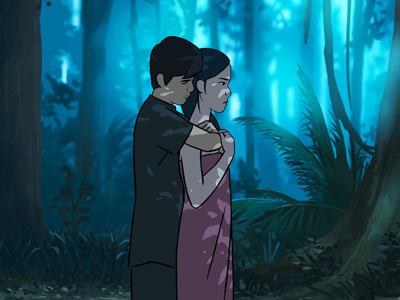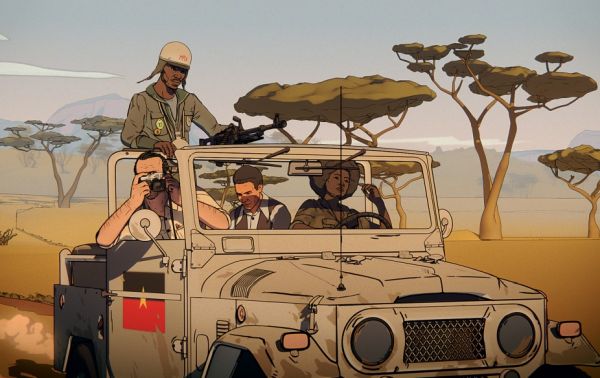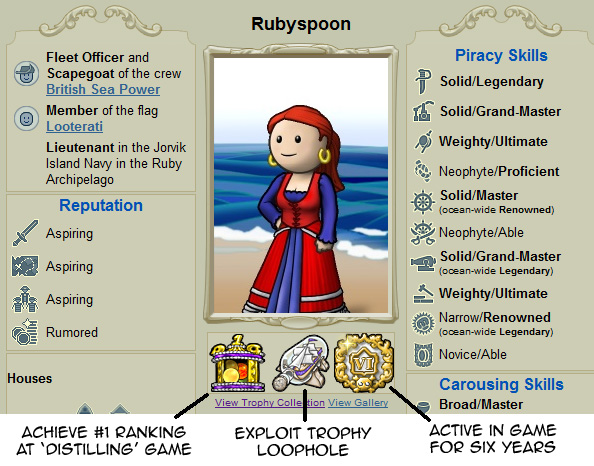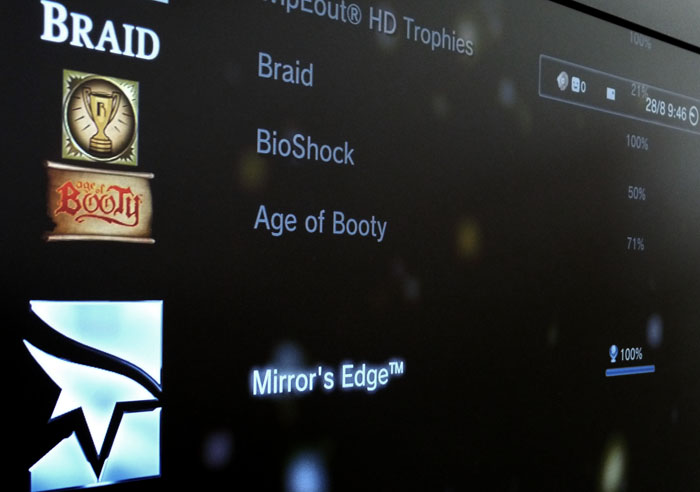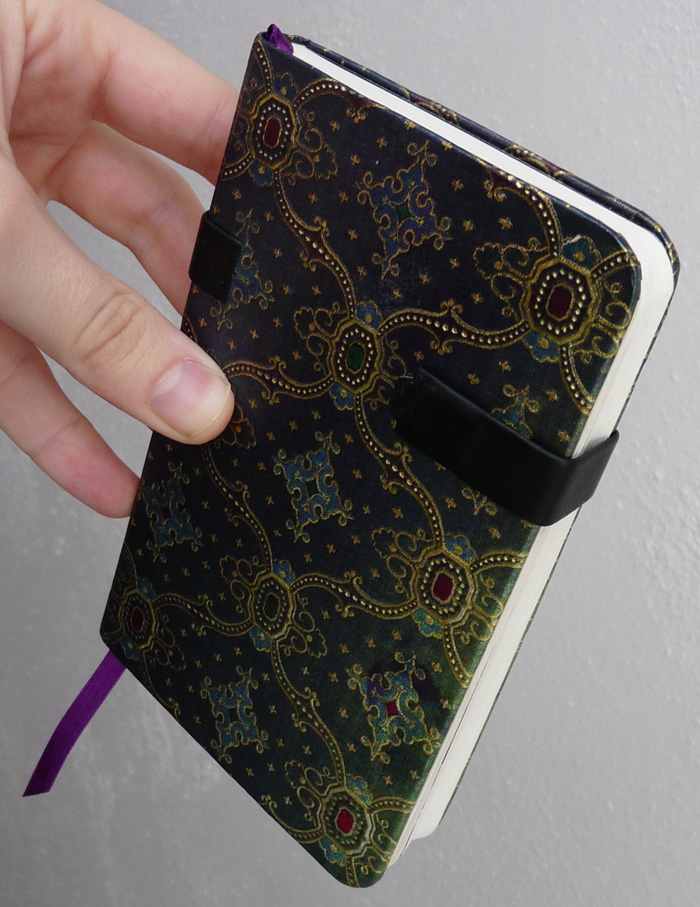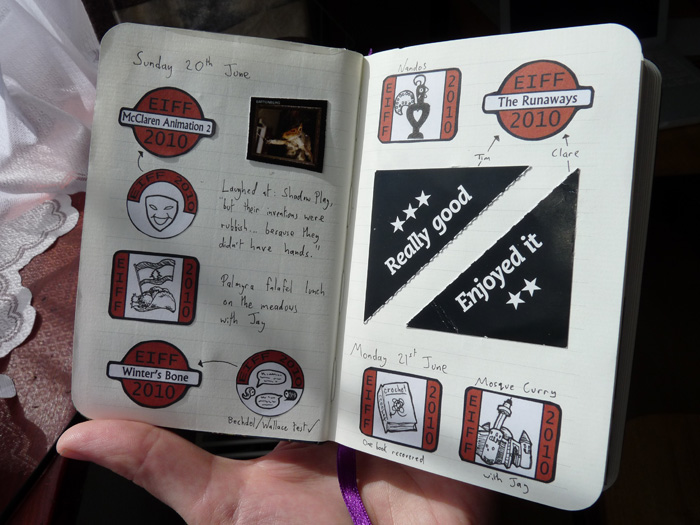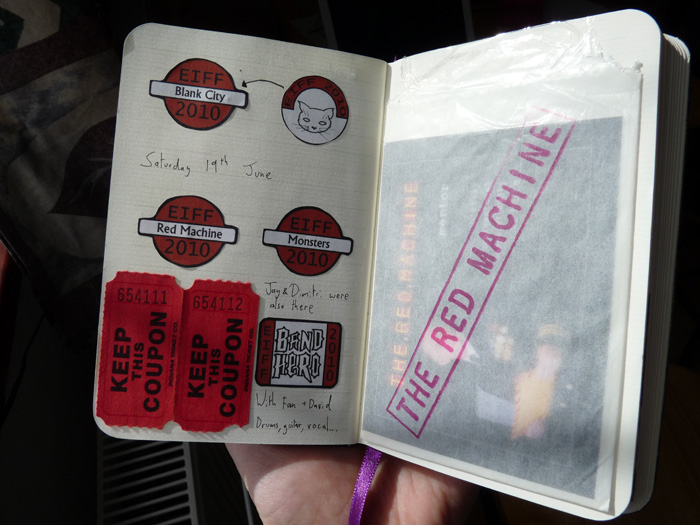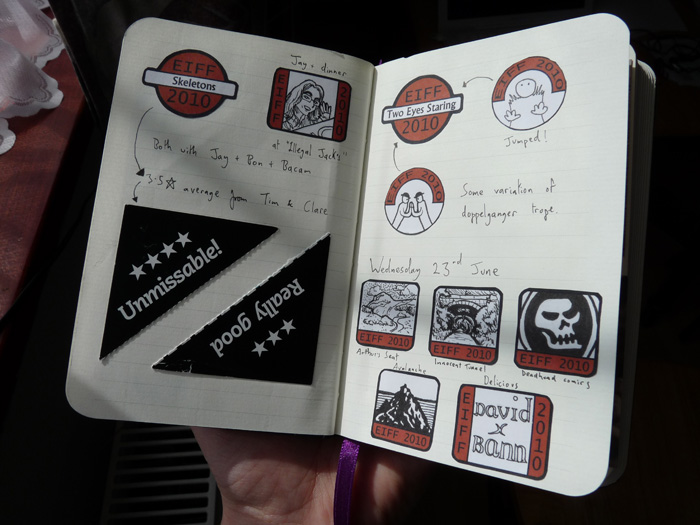Going to a short-film festival in a new city is one of my favourite things: it’s the most efficient mind-broadening experience I’ve found. (I previously wrote about that in the context of the Anilogue film festival in Budapest).
With the world in lockdown, the annual festival of animation at Annecy pivoted to take place entirely online. On the one hand, this removes the joy of travel-based adventures – staying in a new place, eating different food, navigating a new public transport system and so on. On the other hand, free from the constraints of scheduling, the scope to consume an incredible range of animations in a short space of time is huge!
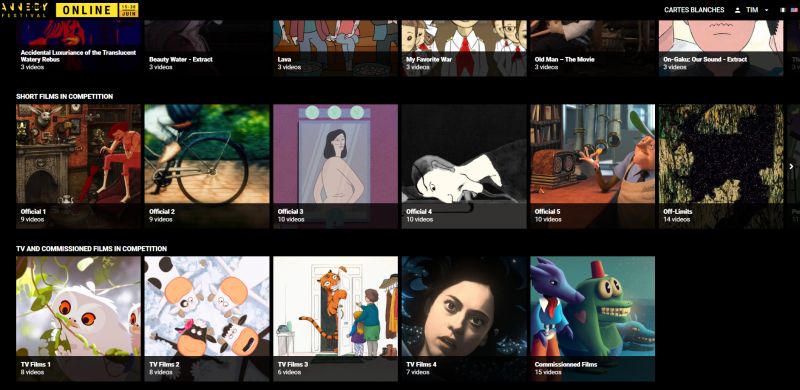
The offer of €15 for access to all of this content from 15th-30th June 2020 is a great deal. Writing this on the 20th, I’ve already consumed over 24+ hours of it. Here’s the highlights of what I’ve seen so far, split into three categories for the shorts (Story, Personal, and Abstract) and then the features.
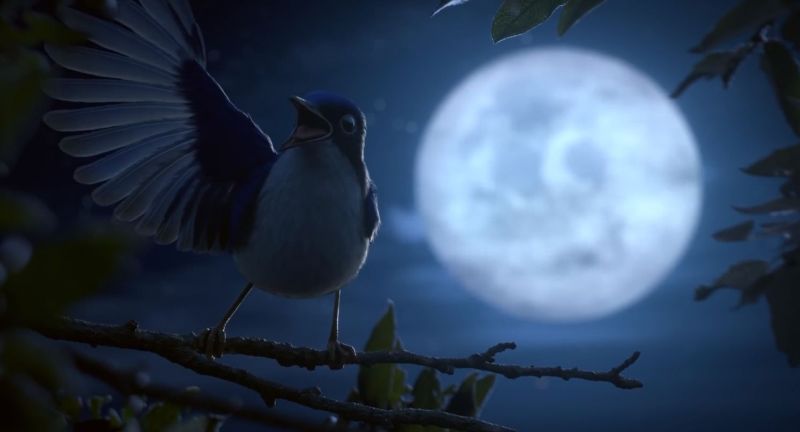
But first, a sublime highlight from the ‘best of 2019’ selection: Maestro, also known more prosaically as “Opera sung by animals”. Two minutes of exactly that; perfection.
Story
Undone: The Hospital
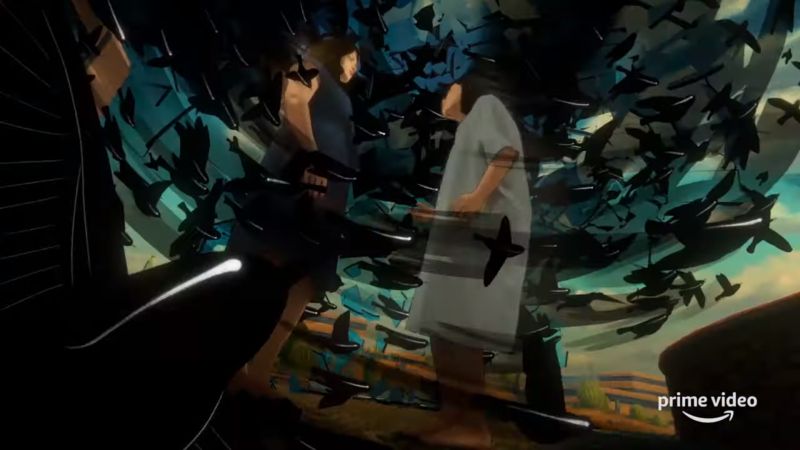
Computer-assisted rotoscoping could be viewed as a form of ‘cheating’ in animation, but what really matters is what you do with it. In Undone things start out fairly simple, but once the mind-bending segues and loops start up, the medium really comes into its own. We got to see the first episode, which ended as many such shorts do with a tantalising choice. Unlike other shorts, Undone has 7 more episodes to explore that choice, although it unfortunately requires Amazon Prime to view.
If you like films about the nature of reality but don’t like supporting a monopolistic digital behemoth, this leaves you in a tough spot. I’m adding it to my list of such content to attempt to binge in the course of a free trial at some point in the future!
Trailer:
L’Odyssée de Choum
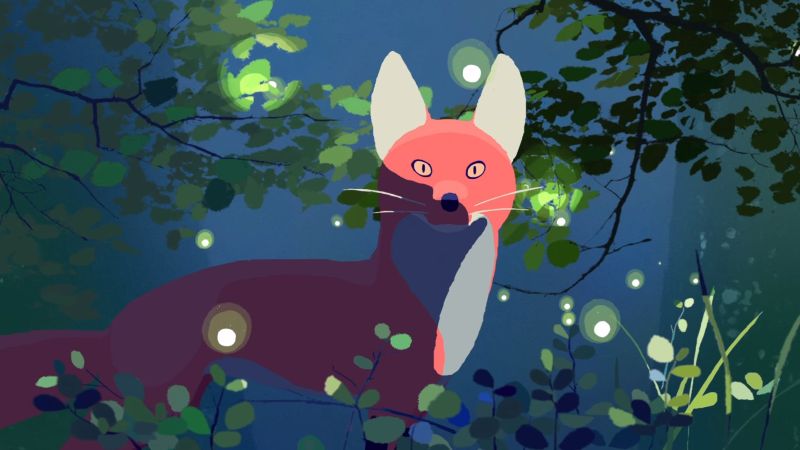
Superficially similar to rotoscoping, I’ve seen ever-more impressive animations that appear to take CG as a base, and then through a combination of textures, filters, and techniques beyond my understanding, render each frame as if it were lovingly painted for a picture-book of some sort.
This seems to be the method in L’Odyssée de Choum, possibly hybridised with more traditional 2D animation – it’s delightfully hard to be sure. Perfect if you like nice stories about animals with a beautiful aesthetic.
Trailer:
The Zillas have a picnic
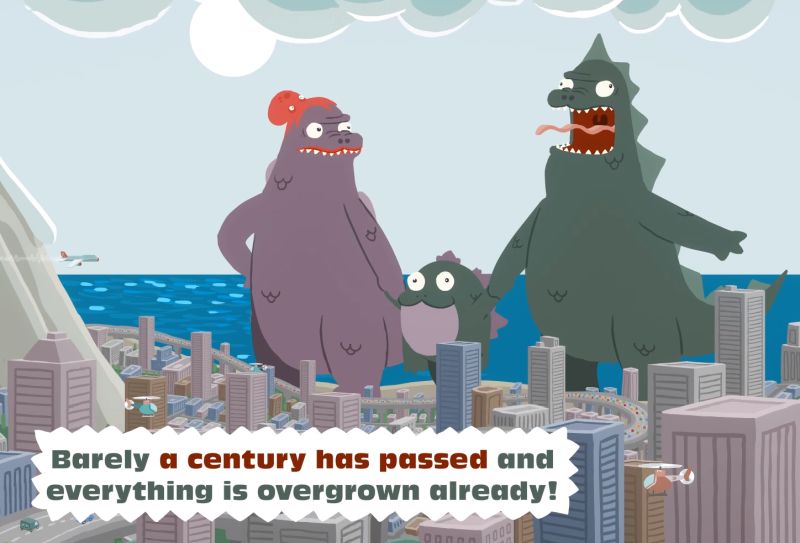
At the shorter end of the spectrum, Christian Schmidt gets some excellent mileage out of the image of cute roaring kaiju with a translation in a speech bubble. Would be perfect without the uncomfortable moment of horribly-suffering-animal-as-humour near the end.
Rebooted
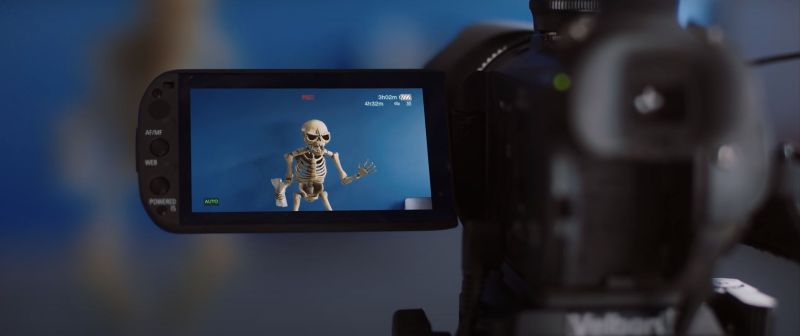
“Rebooted” by Michael Shanks is a fun and affectionate homage to the techniques of animation in film through the decades. Although it mostly revels in putting stop-motion in a live-action setting, it’s fun (and much rarer) to see cel animation in that context! Happily you can watch the whole thing right here:
Personal
A category for animations that are the singular idiosyncratic vision of one person, or at least feel that way to me.
Genius Loci
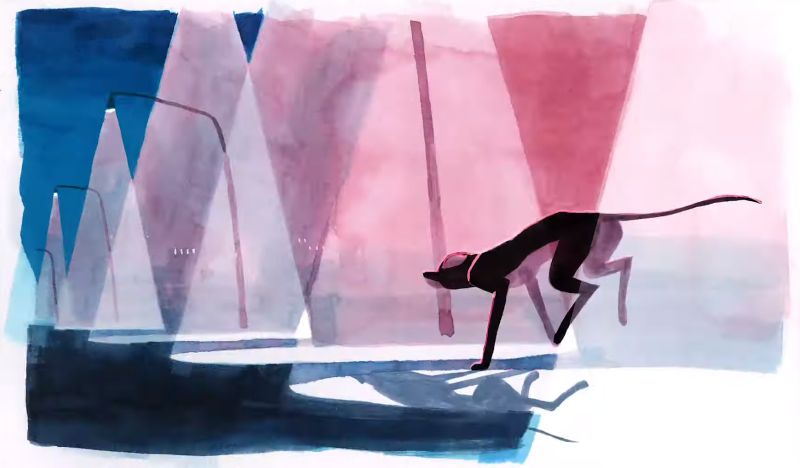
My favourite kind of short film to discover – really beautiful painterly animation, sliding between representation, abstraction and metaphor, with an empathetic core that leaves a lasting impression. I felt like the entry price of the festival was worth it for this 16-minute film alone.
Trailer:
Sweet Night
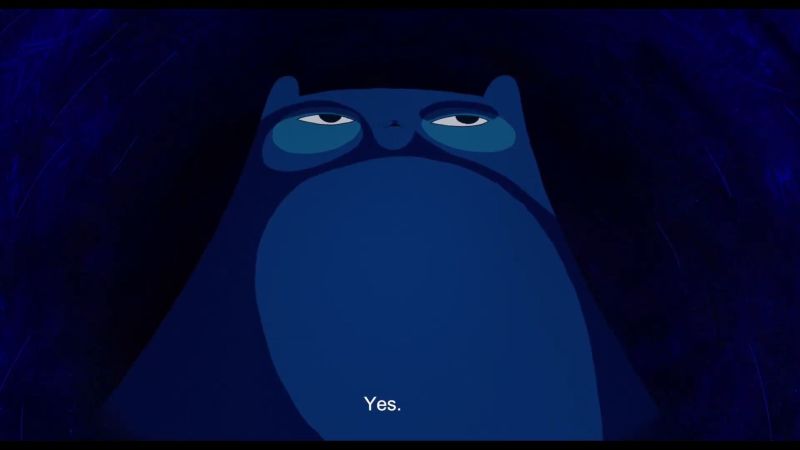
Lia Bertel’s Sweet Night is a beautifully transportive animation: a cerulean, warm-feeling night, the howls of a yeti(?) in the distance, and animal companionship on a dream-like journey. The animation is not as showy as some others in this list, but it excels in that essential aspect of the form: the perfect combination of pictures and sound to create a strong, fascinating impression.
Trailer:
Something to Remember
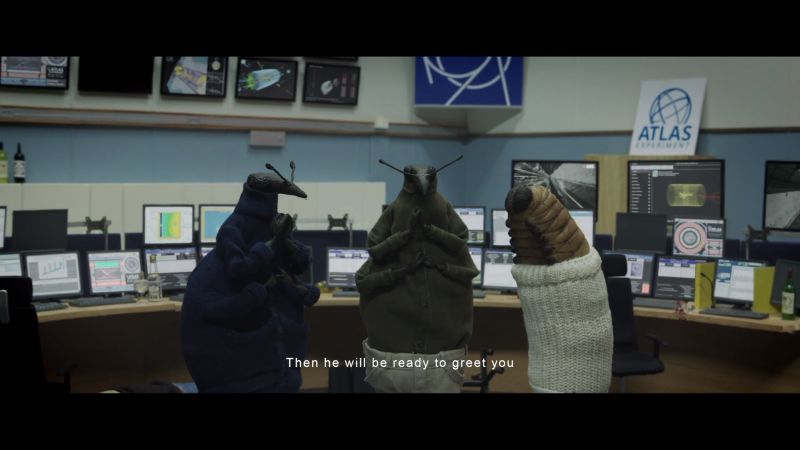
An animation by Niki Lindroth von Bahr that feels like a strange, vaguely disturbing dream: animals in slightly disconcerting settings sing some sort of lullaby (presumably in Swedish?). Reminds me of the kind of strange thing I might happen upon on Channel 4 late at night in the 90’s.
Trailer:
My Galactic Twin Galaction
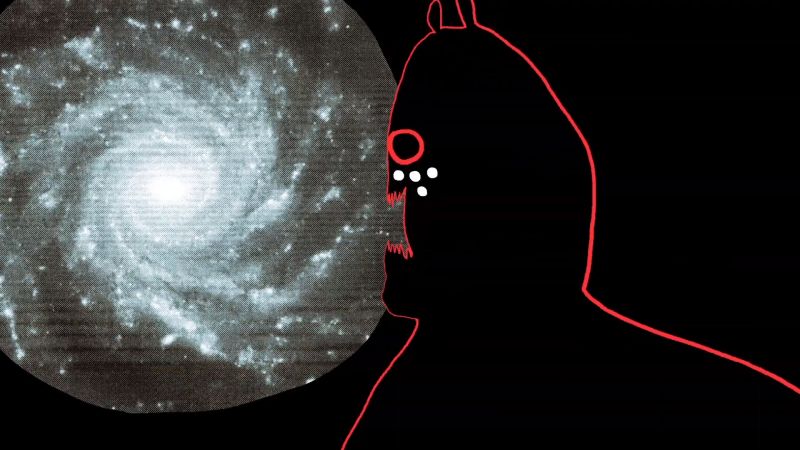
One of the ways a personal animation can convey a distinctive ‘voice’ is with a… distinctive voice. That’s what works for My Galactic Twin Galaction by Sasha Svirsky, starring Sasha Svirsky. Rather than tell a story, it’s more like an animated stream-of-consciousness thought-process on how an animation might go. The (I guess) naïve animation style would usually be off-putting, but actually fits well with the idea. The trailer just shows the part in which Svirsky suddenly gets excited about being called upon to fight evil forces and starts singing about it:
Midnight Gospel: Mouse of Silver
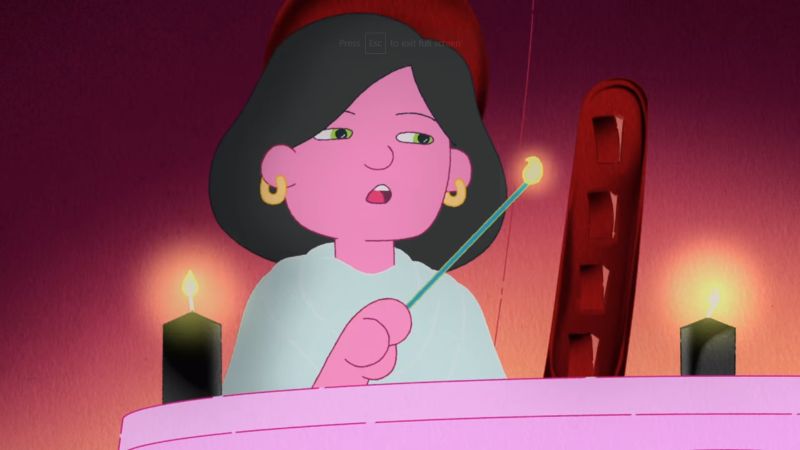
It turns out this is a whole 8-episode series available on Netflix right now, and it makes me very disappointed that their algorithm only seems interested in repeatedly putting the same anime and genre B-movies in front of me every time I browse it, when there must be all sorts of amazing stuff like this hidden in their catalogue.
Pendleton Ward (creator of Adventure Time) teams up with Duncan Trussell (who I only knew as the guy who told the story of Tesla vs. Edison while drunk) to produce a… er… very hard to describe, amazing thing.
The format of the series seems to be that they take one of Trussell’s podcast interviews from the past decade, then with some deft editing and in some cases bringing back the interviewee for some scripted lines, weave it into a sort of trippy universe-hopping animation filled with ideas.
The festival showed the episode “Mouse of Silver”, which from what I’ve seen so far is probably the most affecting, concerning as it does an incredibly personal interview of Trussell’s mother Deneen Fendig, when they both know she is close to death after a long battle with cancer. Perhaps that sounds depressing, but it is deeply moving to hear Fendig and Trussell discussing her mindful approach to life, while facing death with clarity, lightness and humour – all while a surreal range of (I assume) Ward’s animation ideas take place as part of the discussion in their own right.
You can get a slight flavour of the thing from this teaser, but it doesn’t really do it justice:
Abstract
4:3 by Ross Hogg
I do enjoy a nice synaesthetic abstract animation; 4:3 by Ross Hogg gets there with treated film and a playful approach, and you can watch it in full here:
A similar technique (I suspect), but a looser connection to the music, was used in Jodie Mack’s 2008 animation to Four Tet’s “A Joy”:
Dune
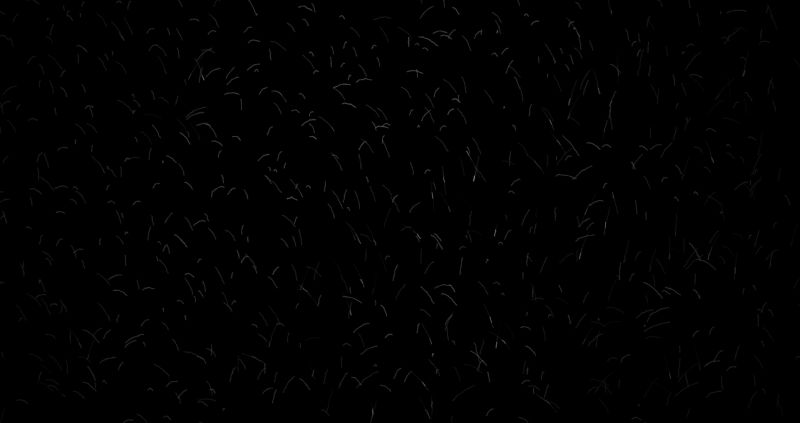
The excellently curated Black Box strand at the Edinburgh Film Festival was my introduction to purely abstract film. The Annecy equivalent is the ‘off limits’ selection, and Gábor Ulrich’s Dune is a great example of this kind of thing – a top-down view of what appears to be animated white-on-black dune grass, blowing in strange hypnotic patterns in the wind, with a slightly unnerving soundtrack.
This does not appear to be viewable anywhere even in part. However, many of the animators made videos introducing/discussing their work for the festival, and Ulrich’s version perfectly matched the tone of the work:
A Mind Sang / A Mãe De Sangue
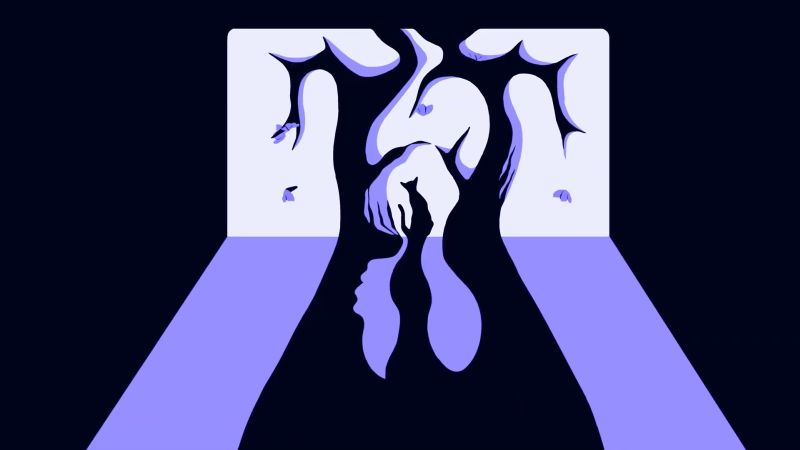
The optical illusion of an ambigious image is a very old idea; I haven’t seen a serious attempt to explore that idea in an animated form before though. Vier Nev tries out all sorts of ideas in this short film, and while not all are successful, some are really impressive. You can get a taste of it from the trailer:
Feature-length animations
True North
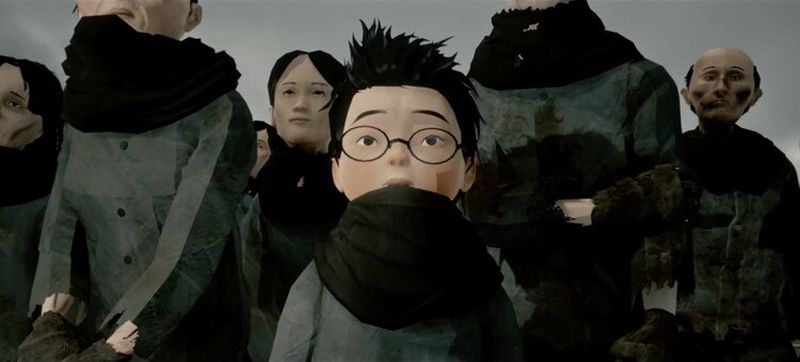
Animation can be used to cover some very difficult topics, portraying uncomfortable scenes with the slight remove from reality that the animated form affords.
Using a form of CG that appears to be inspired by stop-motion models, True North tells a story inspired by testimonies from survivors of North Korea’s political prison camps, and would be a very hard watch indeed were it told using live action. Nonetheless it conveys the harsh reality, taking place right now, in a way that the occasionally glimpsed newspaper headline can barely begin to evoke.
More information: https://www.truenorth.watch/
Ginger’s Tale
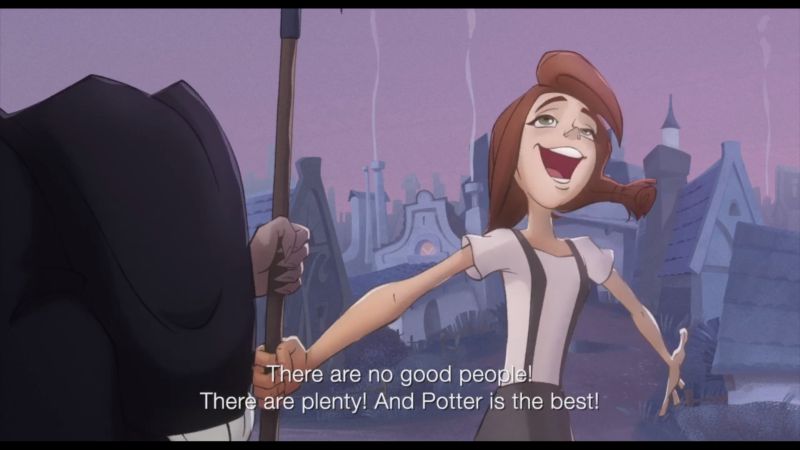
Traditional 2D animation is now very rarely seen at feature length, so it’s always lovely to see something pop up. A Russian production, Ginger’s Tale has some fun and distinctive character designs animated beautifully. That said, the storytelling is rather flawed, and feels like it needed a few more drafts: some (important) characters are rather too thinly drawn, and the plot takes some fairly abrupt turns that aren’t really driven by believable character choices.
It’s also a musical! In the Annecy ‘masterclass’ session, John Clements and Ron Musker (directors of The Little Mermaid, Aladdin and Moana among others) shared something they were taught: if you can take a song out of the movie and the story still makes sense, then the song isn’t doing what it should. Unfortunately, that is rather the case with the songs in Ginger’s Tale.
I can’t be too down on it though – as a fan of 2D animation, it was genuinely a joy to watch, and has a memorably plucky and energetic female protagonist in the form of Ginger.
More information: https://ogonekfilm.ru/en/
Trailer:
Lava
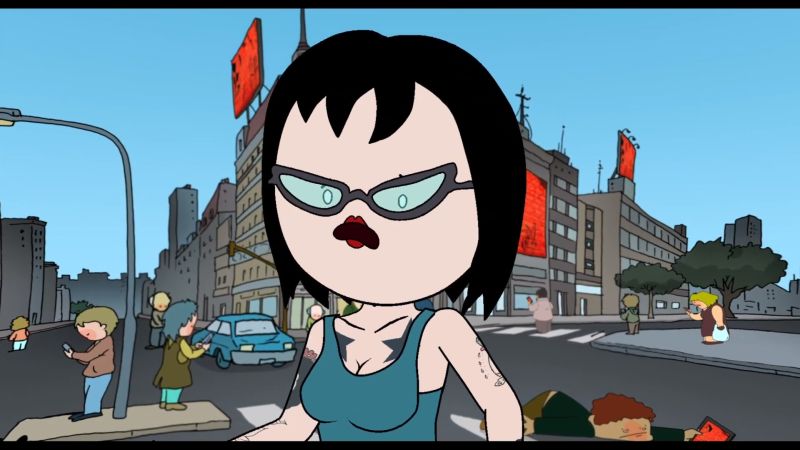
Like the shorts listed in the ‘personal’ section above, Lava is the singular vision of Argentinian Ayar Blasco. A sub-genre I have a soft-spot for is “specific and unusual profession saves the world” (made famous by the Dan Brown’s novels in which the world is saved and/or mysteries solved by a professor of history and art); in the case of Lava, it falls to Tattoo artists to save the world from a fascinatingly off-kilter global threat.
A consistently engaging watch, it is only really undermined by a (mercifully somewhat brief) crass racial caricature.
Trailer:
Wrapping up
One thread that came through in several of the masterclasses and discussions was that this is actually a kind of new golden age for animation:
- Through the internet and digital tools, animation has never been so accessible
- The content wars in streaming services are leading to all sorts of new animation being commissioned – especially now Disney has taken their huge archive over to their own platform
- With the world in lockdown, animation seems to be the best-placed form of video that can carry on being produced almost unhindered!
I’m very excited to be able to follow up on the work of some of the artists listed above, and am very grateful to the Annecy festival organisers for the remarkably fast and effective work involved in putting a festival online.
- Tim Mannveille tweets as @metatim and also wrote about Anilogue 2018, IDFA 2016 and Tricky Women 2011.
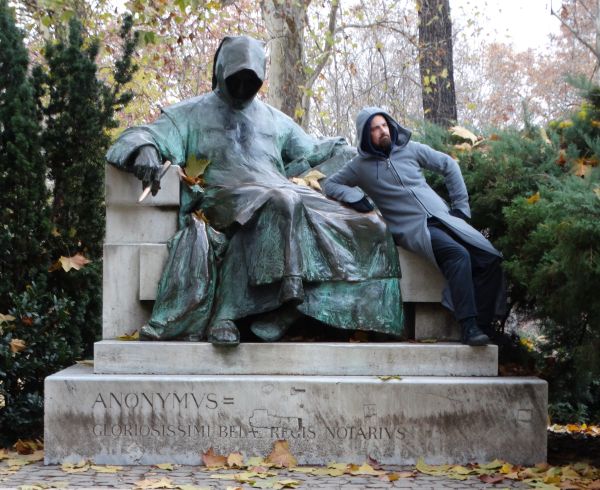
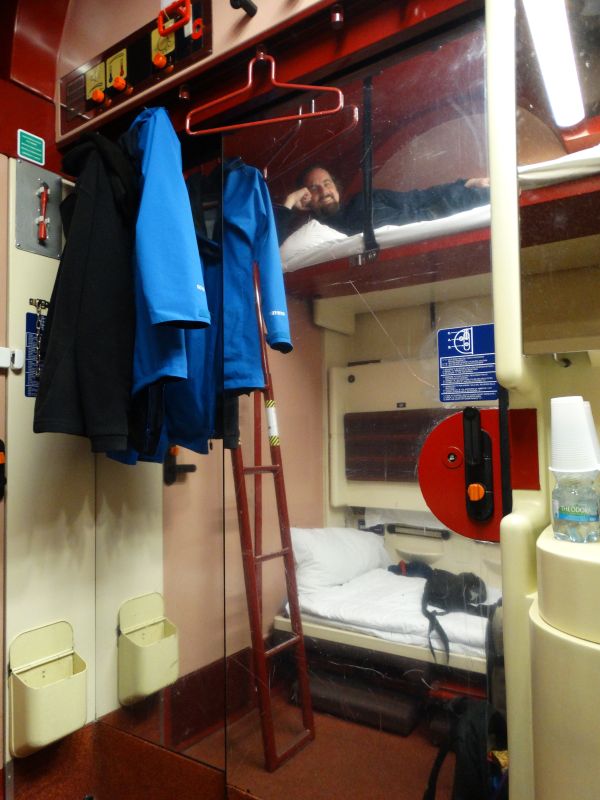
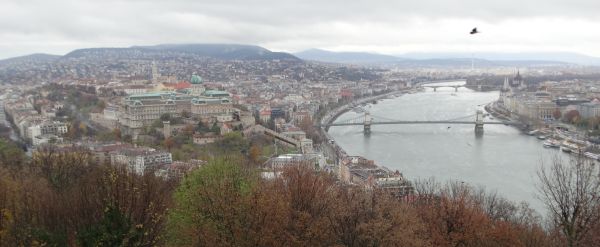
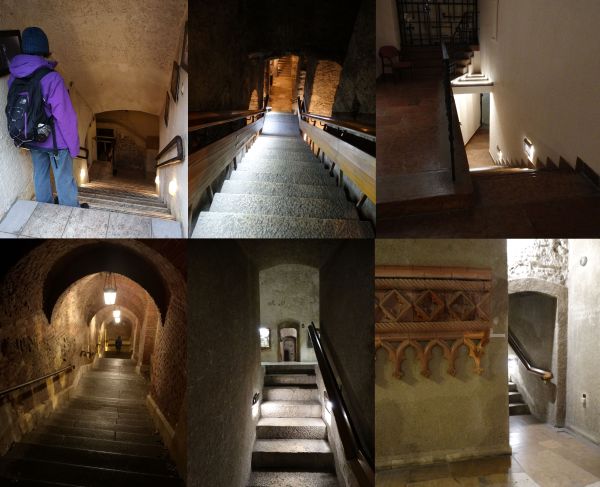
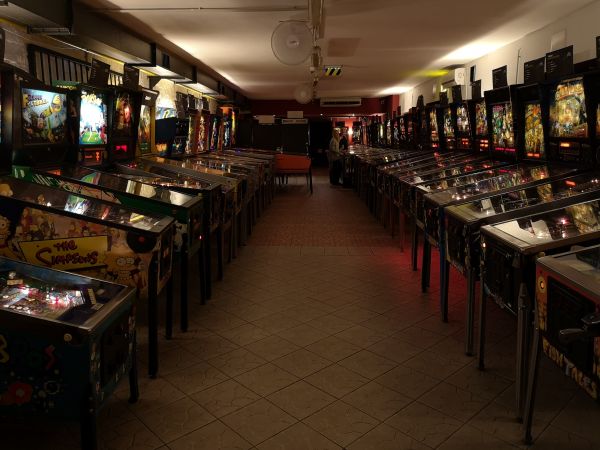
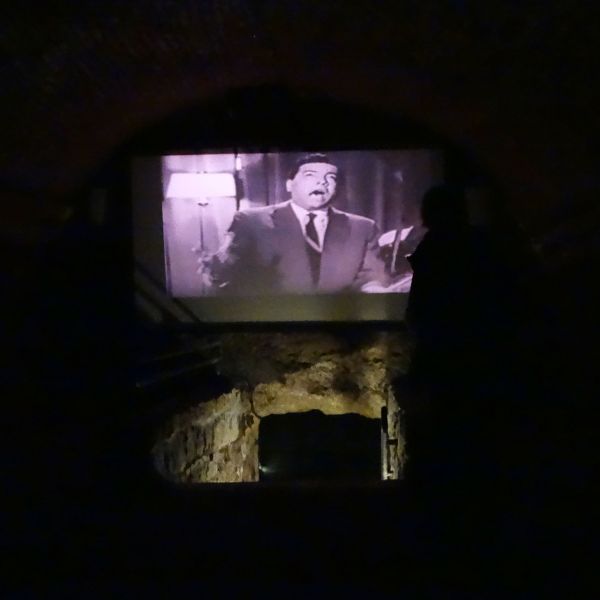
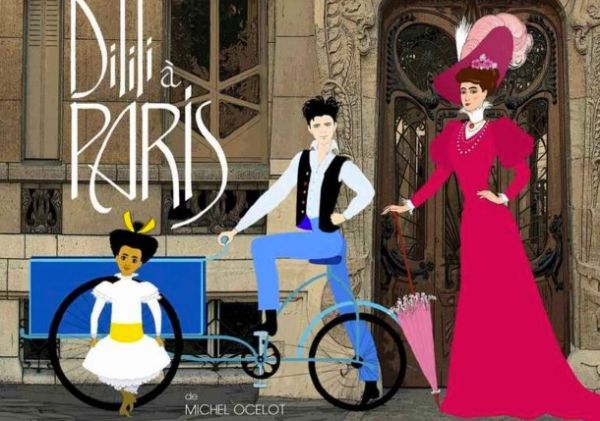
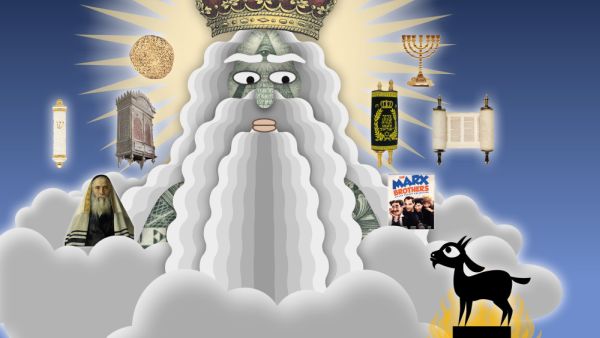
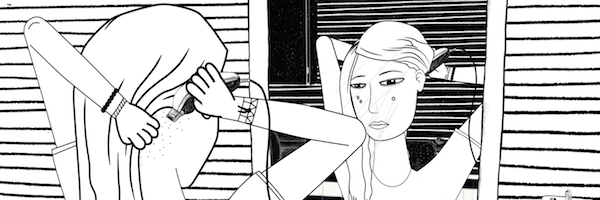 Instantly recognisable in style and tone as an autobiographical coming-of-age story that started life as a graphic novel, Virus Tropical finds a way to breathe animated life into the idiosyncratic caricatures of Power Paola’s original comic, retaining the charm without merely puppeteering cutouts. Being based on real life, the story is strangely meandering, but told with a judicious economy that holds the attention throughout and leaves a strangely lasting impression of life growing up in South America.
Instantly recognisable in style and tone as an autobiographical coming-of-age story that started life as a graphic novel, Virus Tropical finds a way to breathe animated life into the idiosyncratic caricatures of Power Paola’s original comic, retaining the charm without merely puppeteering cutouts. Being based on real life, the story is strangely meandering, but told with a judicious economy that holds the attention throughout and leaves a strangely lasting impression of life growing up in South America.